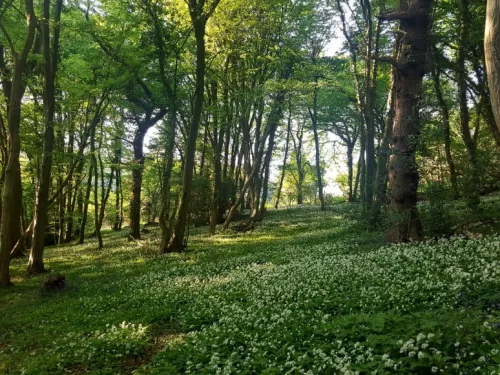
10 must-visit Kent woodlands
Be sure to check out these 10 woods whilst exploring Kent, each offering something a little different across the county.
Learn more about the wildlife and wild places in Kent and beyond.

Be sure to check out these 10 woods whilst exploring Kent, each offering something a little different across the county.
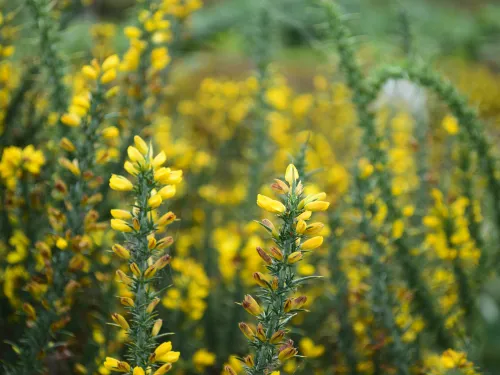
Long-time volunteer Margery Thomas explores what Hothfield Heathlands is like on a crisp November day.
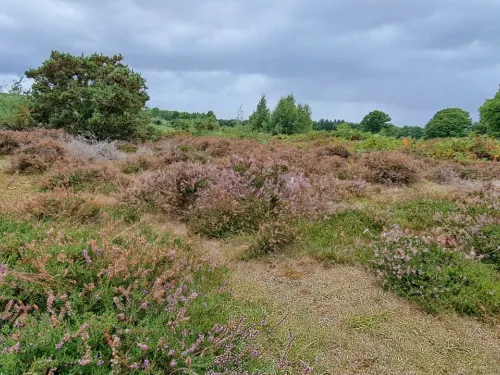
Area Manager, Ian Rickards, takes a moment to reflect on the work at Hothfield Heathlads throughout the summer months.
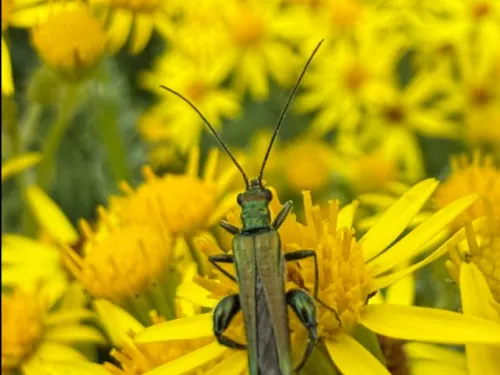
Pigs and tree pipits have returned to the reserve. Hazel and Beech, the pair of Large Black pigs who in the winter made their mark on the small compartment below the concrete causeway, returned to that fenced-in compartment in mid-July continuing, as Area Manager Ian Rickards says, ‘their quest to snuffle across the site, creating bare ground, rooting up bracken and creating lots of opportunities for our wildlife to capitalise on’.
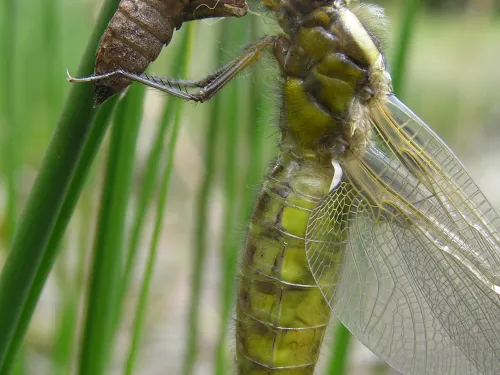
Hothfield Heathland's bogs are one of only a handful of wet heaths in the Southeast, supporting a variety of dragonflies...
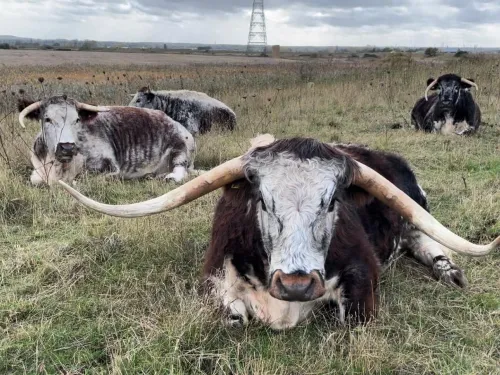
Bob is the most striking and charismatic of our longhorns; he is well loved by our staff and volunteers. He is good natured and respects the 10-metre distance that should be kept between people and livestock. Bob can sometimes be quite stubborn; if he is feeling particularly restful he will refuse to move for anything.

Wilder Grazing Ranger Volunteer Trainee, Ellie Edmondson, talks about the fell ponies on our reserves and what makes them great conservation grazers.
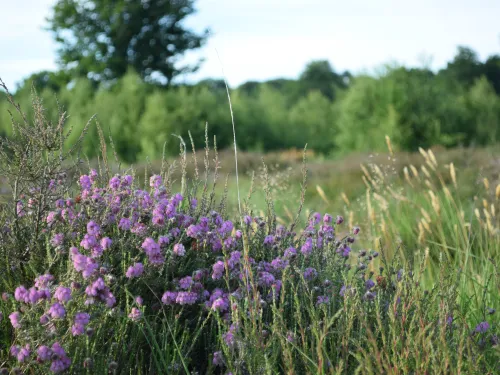
Ashford Area Warden Will Glasson reflects on his first full year working across the local sites in this blog, co-written with long-time volunteer Margery Thomas.